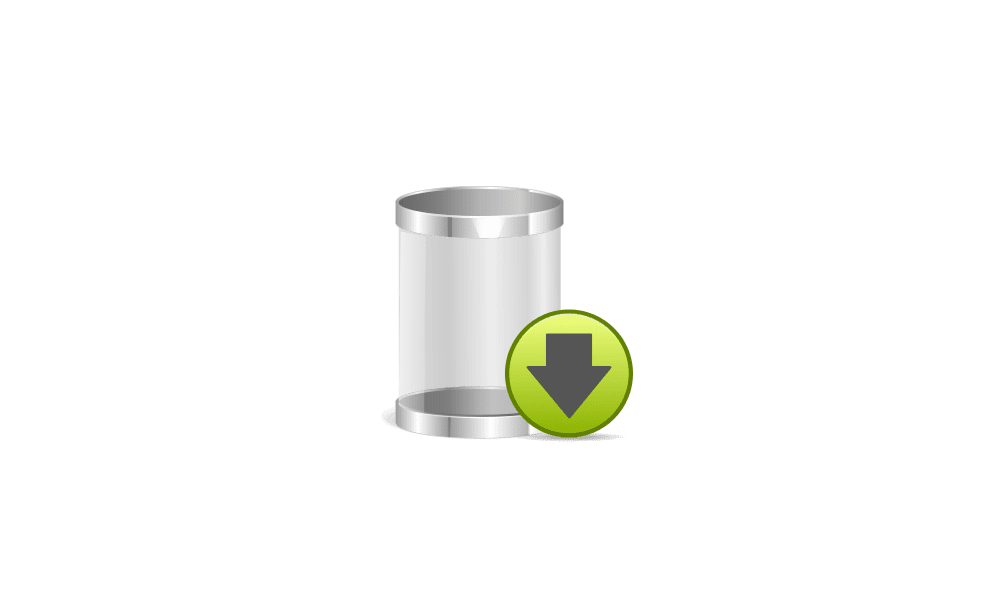Welcome to ElevenForum!
There a number of ways to obtain it. One easy would be to use UUP Dump as Scannerman suggested. Here is a tutorial on using UUP:
UUP Dump is the most practical and easy way to get ISO images of any Insider Windows 10 or Windows 11 version, as soon as Microsoft has released a new build. UUP Dump creates a download configuration file according to your choices, downloads necessary files directly from Microsoft servers, and...

www.elevenforum.com
Note that the tutorial is geared toward downloading Insider builds but you can also download released builds.
On the main page, select
Windows 11 and then
23H2.
View attachment 130493
On the next page my suggestion would be to grab the one I highlighted below. That is the latest non-preview release that includes the March 2025 updates. Make sure to select the X64 architecture.
View attachment 130494
If that is not suitable for you, let us know. I have other ways to obtain it that I can suggest, although I trust this source the most.









